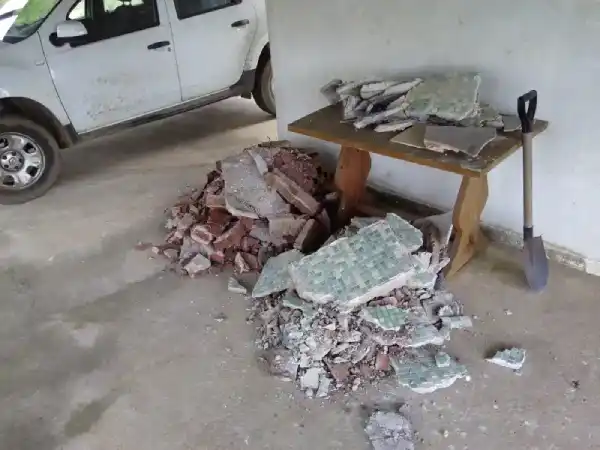Over ten years ago, we bought a chacra (mini-farm, 14 acres) with a crappy little house that we chose to fix up instead of bulldoze, the recommendation of some (all?) who saw it. I won’t go into it, but we had a reason.
Given the possibility of being creative, I had the idea to emulate the sitzbad my wife had years ago in her tiny apartment in Frankfurt, West Germany.

So I went wild, because hey, Martín can build it! And it ended up not being compact at all.

But pretty! At one end, a nook for a washing machine.

And don’t ask me what I was thinking when I framed this photo, but it’s the closest I have to an image of the finished project.
Which project was a stupid idea. No question about it. First of all, it would require a huge amount of hot water, and we never pursued the idea of installing a (large!) solar hot water heater. Plus, something that occurred to me only when I showed the house to a middle-aged couple: who, including little kids and older people, is going to be able to comfortably get in and out of the thing?
So an executive decision was made…

…and it didn’t take me long to realize that I was out of my league with a 1-kg sledge hammer and a chisel. I asked our contractor if he had a larger sledge hammer I could borrow, and he went one further and loaned me his small jack hammer. Which turned out to be exactly what I needed.

A few hours here, a few hours there, and three days later the job is done, leaving the question of whether we can match the floor tiles, of which we have six, or the wall tiles (none)…

…and of course, “done” is relative. The last two days’ rubble still needs to go away.
So what to do now (other than slather more horse liniment on my overworked shoulders, of course)?


















